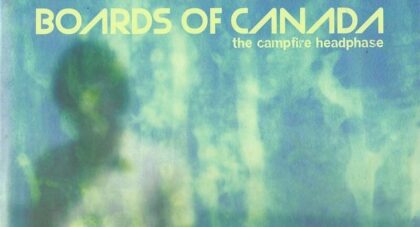While tracing the collaborative history of Iggy Pop and David Bowie, you inevitably end at Iggy Pop’s 1986 album, Blah-Blah-Blah and its third single, "Shades." According to the liner notes, the album was produced and co-written by Bowie, but the larger story - the one dipped in gossip and swirled in rock ’n roll folklore - is that Blah-Blah-Blah is a repurposing of throwaway material from Bowie's ill-fated Tonight sessions, calling into question the classic Bowie/Pop paradox: is it Iggy Pop singing a David Bowie song? Or is it David Bowie producing an . . .
Only the good shit. Aquarium Drunkard is powered by its patrons. Keep the servers humming and help us continue doing it by pledging your support.
To continue reading, become a member or log in.


